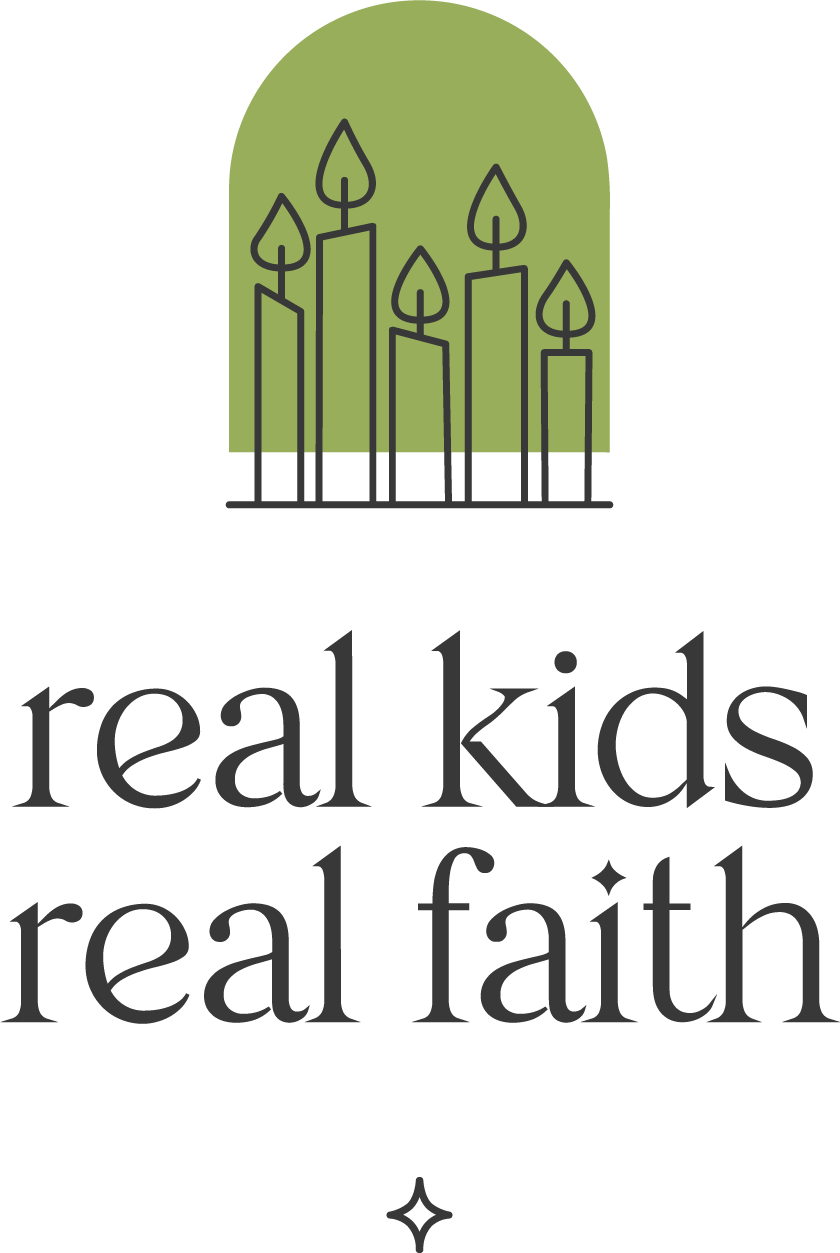“It’s hard to remember to breathe when I’m mad,” said my youngest child. Both I and his teachers had been advocating breathing practices as ways to manage big emotions. He liked our ideas but struggled to implement them. After just a couple of days’ effort, he felt like there was no point in trying anymore. He had failed.
Children are used to being assessed according to what they produce: a completed math worksheet, a clean room, a soccer goal. Many struggle to tell whether they are making progress toward less tangible goals. Creating a journey board can help kids document their process and progress.
Invite children to use a corkboard, whiteboard, or online bulletin board to keep track of their journey. You can use separate boards for each individual or designate one for the whole group or family.
Divide the board into sections to represent different aspects of a learning journey. One might be labeled ‘ideas’, another ‘explorations’, a third ‘challenges’, and a fourth ‘discoveries’. Children can also come up with their own categories related specifically to their planned journey. For example, children learning to practice meditation might include a ‘distractions’ or ‘obstacles’ category to help them track what gets in the way of focusing their attention.
Encourage children to identify a learning theme or goal. If you are using a family or group journey board, decide whether you will have a shared theme or track individual goals in the same place. Note themes or goals at the top of your board as a reminder of where you are journeying.
Offer children prompts to help them reflect on their theme or goal. In the ‘ideas’ column, post questions such as “What is one change you could make to help you focus?” or “What similar practices might you try?” Under ‘explorations’, ask “What advice might other practitioners give you?” or “Which works better: practicing alone or with others?” You might invite children to engage in research with a question like “Why do diverse traditions practice centering?”
A ‘challenge’ prompt might be “What happens if you try increasing your time of silence by 1 minute each day?” Or, “What are you finding most challenging today?” To help children nurture ‘discoveries’, try “Record your efforts for five days and notice what changes over that time” or “I used to think x, but now I think y”. Encourage children to write notes, draw pictures, and create charts in response to these prompts.
Learning to value process as well as outcomes may be difficult for kids (and adults), so acknowledge and celebrate children’s efforts along the way. Use sticky notes (or online comments) to recognize insights and small breakthroughs. Applaud specific steps taken to expand their knowledge about a theme or experiment with a practice. Call attention to positive changes that they may have overlooked.
Share your own journey as well. When kids hear an adult reflect on their own ideas, choices, mistakes, and adjustments, they realize that learning is a process for everyone. You might say, “I tried using three deep breaths to find my calm, but I was still feeling frustrated. So I’m going to try using five breaths next time.” Or you might put a note on the board under ‘challenges’ describing your own struggles and soliciting advice.

Comments